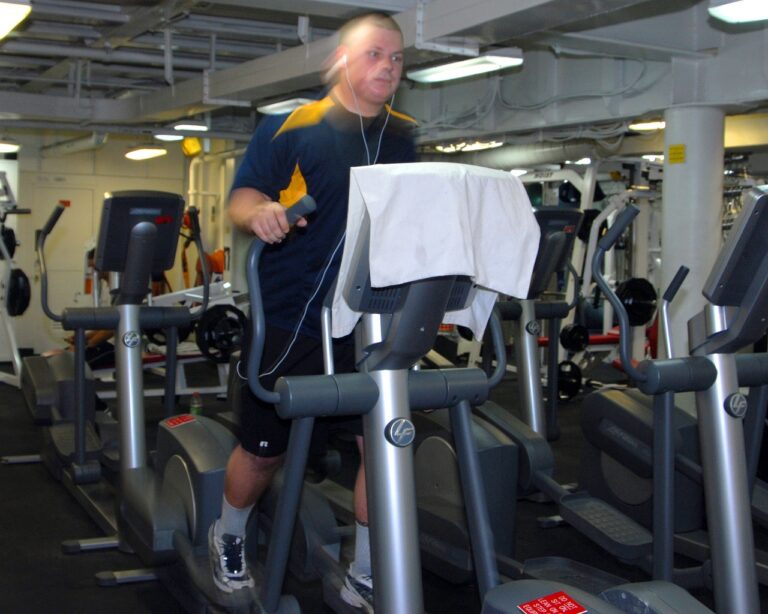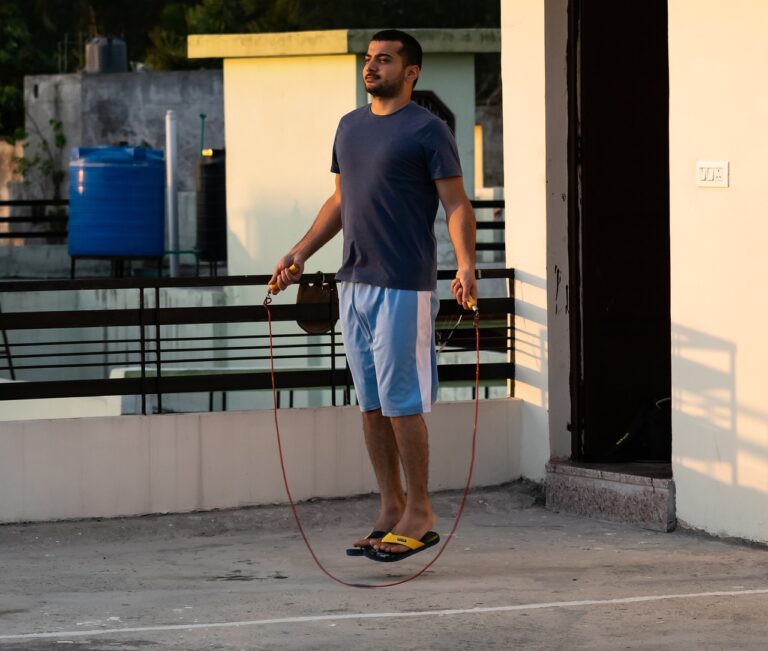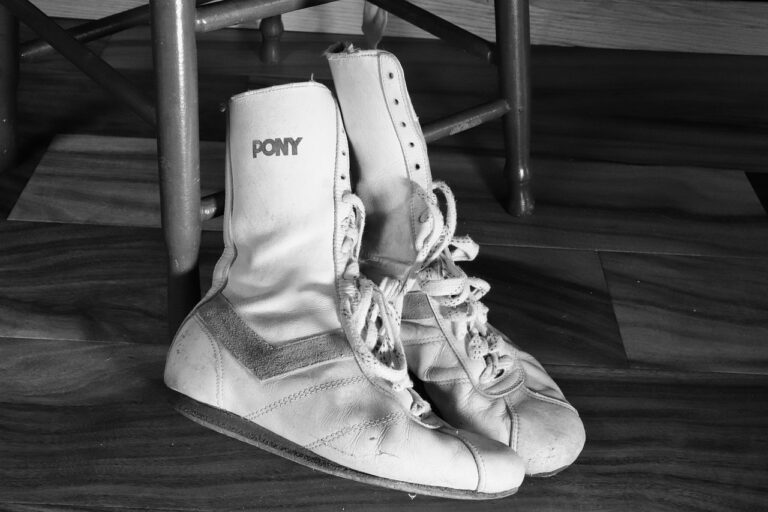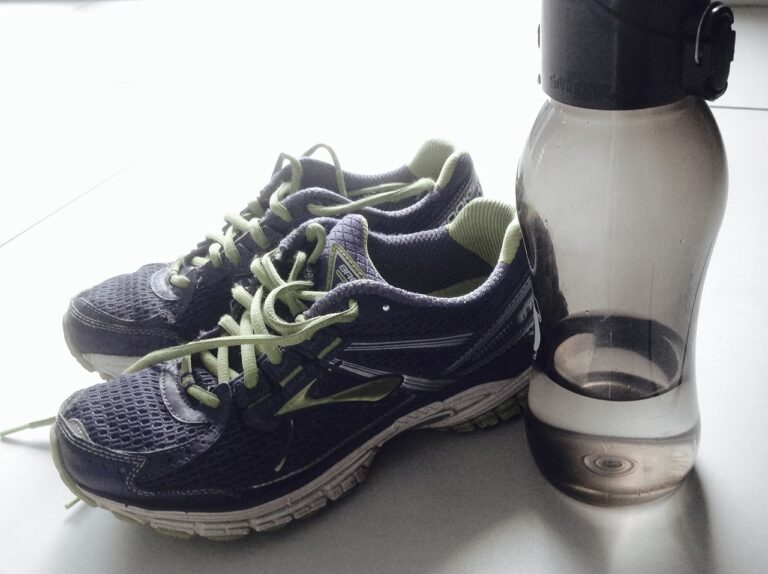Remote Monitoring in Home Health Care: Laser 247 book, Silverexch com, 11xplay
laser 247 book, silverexch com, 11xplay: Remote monitoring in home health care has revolutionized the way patients receive medical attention and support from healthcare professionals. With the advancement of technology, patients can now be monitored in real-time from the comfort of their own homes, allowing for early detection of health issues and timely interventions. This article will explore the benefits of remote monitoring in home health care and how it can improve the overall quality of care for patients.
Real-time Monitoring
One of the key advantages of remote monitoring in home health care is the ability to track patient vitals and health data in real-time. Through the use of wearable devices and sensors, healthcare professionals can monitor a patient’s heart rate, blood pressure, oxygen levels, and other vital signs continuously. This real-time monitoring allows for early detection of any changes in health status, enabling healthcare providers to intervene promptly and prevent serious complications.
Improved Patient Outcomes
By continuously monitoring patients remotely, healthcare professionals can track their progress more efficiently and make informed decisions about their care. This proactive approach to monitoring can lead to improved patient outcomes, reduced hospital readmissions, and better overall health management. Patients also benefit from the convenience of remote monitoring, as they can avoid frequent trips to the doctor’s office and receive personalized care from the comfort of their homes.
Enhanced Communication
Remote monitoring in home health care promotes better communication between patients and healthcare providers. Patients can easily share their health data with their healthcare team, who can then provide feedback, guidance, and support in real-time. This continuous communication fosters a collaborative approach to care, where patients are empowered to take an active role in managing their health and well-being.
Cost-Effective Care
Remote monitoring in home health care has the potential to reduce healthcare costs by minimizing hospital admissions and emergency room visits. By monitoring patients remotely, healthcare providers can prevent avoidable complications and deliver timely interventions, ultimately saving both patients and healthcare systems money in the long run. Additionally, remote monitoring can help patients avoid costly procedures and treatments by addressing health issues before they escalate.
Patient Empowerment
Remote monitoring in home health care empowers patients to take control of their health and make informed decisions about their care. By tracking their own health data and engaging with their healthcare team, patients can gain a better understanding of their conditions and how to manage them effectively. This empowerment leads to increased patient satisfaction, improved health outcomes, and a higher quality of life for individuals receiving remote care.
Conclusion
In conclusion, remote monitoring in home health care offers numerous benefits for both patients and healthcare providers. From real-time monitoring to improved communication and cost-effective care, remote monitoring is revolutionizing the way patients receive medical attention outside of traditional healthcare settings. By embracing this technology, patients can enjoy a higher quality of care, better health outcomes, and increased autonomy in managing their health.
FAQs:
1. What types of devices are used for remote monitoring in home health care?
2. How secure is remote monitoring technology in protecting patient data?
3. How can patients access remote monitoring services from their homes?
4. Are insurance companies covering remote monitoring services for home health care?
5. How can healthcare providers integrate remote monitoring into their patient care practices?
6. What is the future of remote monitoring in home health care?







